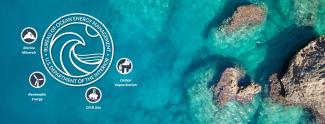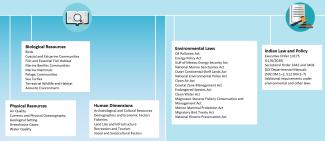BOEM’s environmental work is essential for the bureau to responsibly manage offshore oil and gas, sand resources, renewable energy, carbon sequestration, and critical minerals.
The OCS Lands Act directs BOEM to study and consider coastal, marine, and human environmental impacts when making decisions on how to effectively promote energy independence, environmental protection, economic development, and national security. BOEM applies more than 30 Federal regulations, statutes, executive orders and policies—including the National Environmental Policy Act (NEPA)—into our decisions.
Regulatory Framework and Guidelines
On Time and Complete Analysis at Every Stage
Environmental analysis and data are required at every stage of energy and mineral development. Our environmental program has a track record of meeting all deadlines and requirements. We accomplish this vast amount and scope of work through continuous process innovation and streamlining.





